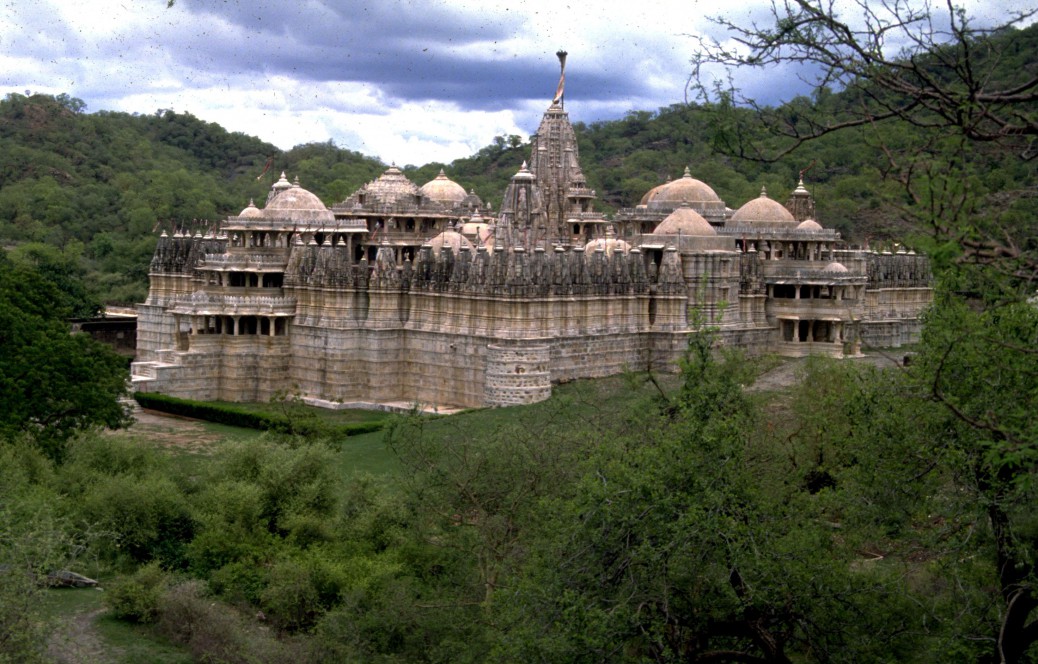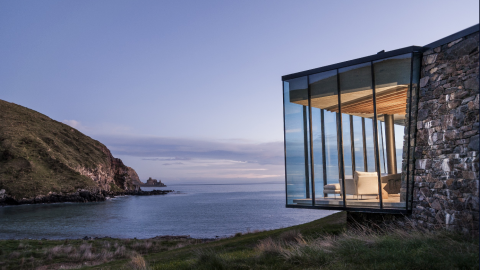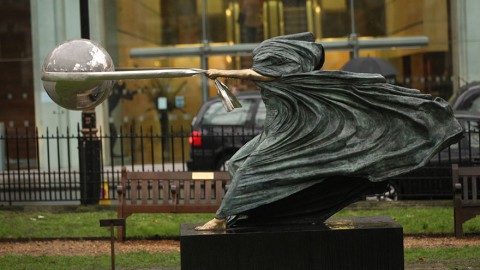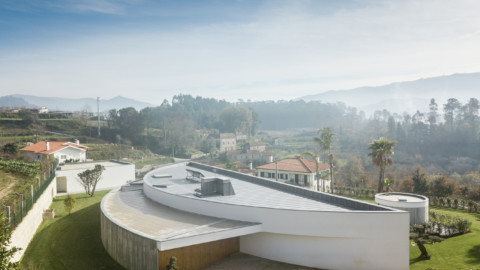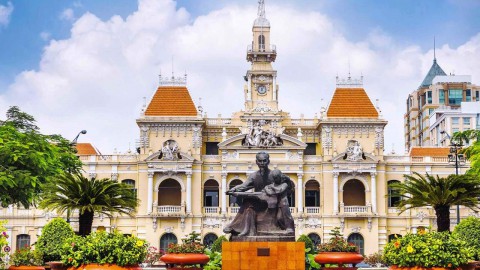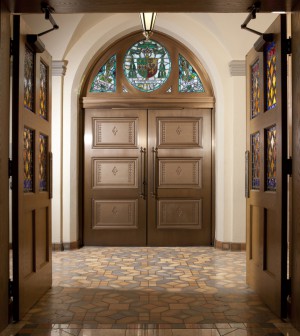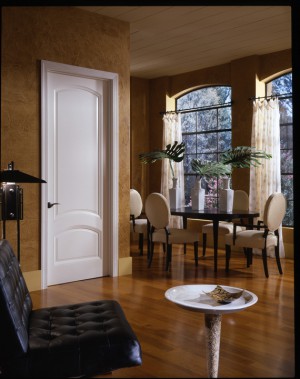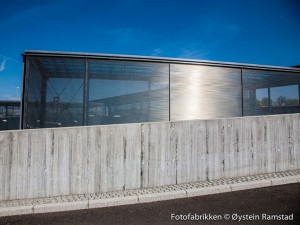Ranakpur Jain temple
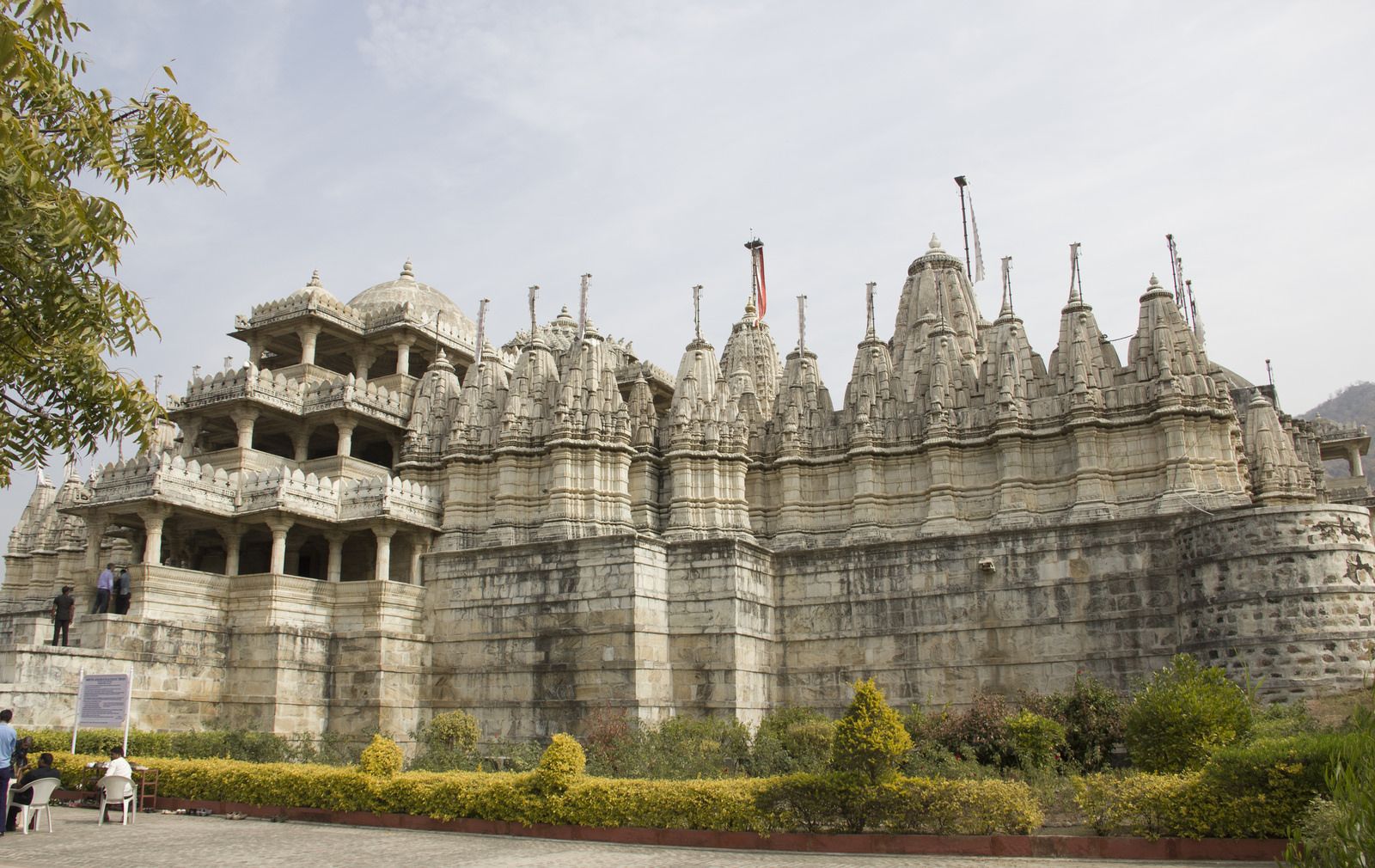
Ranakpur Jain temple or Chaturmukha Dharanavihara is a Jain temple at Ranakpur is dedicated to Tirthankara Rishabhanatha.
Dharna Shah, a local Jain businessperson, started construction of the temple in the 15th century following a divine vision. The temple honors Adinath, the first Tirthankar of the present half-cycle (avasarpiṇī) according to Jain cosmology. The town of Ranakpur and the temple are named after the provincial ruler monarch, Rana Kumbha who supported the construction of the temple. The Ranakpur temple is one of the largest and most important temples of Jain culture. The temple is located in a village of Ranakpur near Sadri town in the Pali district of Rajasthan. The campus includes various temples such as Chaumukha temple, Surya temple, Parsavanth temple and Amba temple.
Ranakpur Jain寺廟或Chaturmukha Dharanavihara是Ranakpur的耆那教寺廟,致力於Tirthankara Rishabhanatha。
當地的耆那教商Dharna Shah在神聖的願景下於15世紀開始建造這座寺廟。 根據耆那教的宇宙學,這座寺廟是對Adinath的尊敬,這是現在半週期的第一個Tirthankar(avasarpiṇī)。 Ranakpur鎮和寺廟以省統治者君主Rana Kumbha的名字命名,他支持建造寺廟。 Ranakpur寺廟是耆那教文化中最大和最重要的寺廟之一。 該寺廟位於拉賈斯坦邦巴利區薩德里鎮附近的Ranakpur村。 校園內有各種寺廟,如Chaumukha寺,Surya寺,Parsavanth寺和Amba寺。
Religion
Affiliation:Jainism
Deity:Rishabhanatha
Festivals:Mahavir Jayanti
Location
Location:Ranakpur, Rajasthan
Geographic coordinates:25°6′56.68″N 73°28′22.19″ECoordinates: 25°6′56.68″N 73°28′22.19″E
Architecture
Creator:Dharna Shah
Date established:1437 CE
Temple(s):3
宗教
單位:耆那教
神:Rishabhanatha
節日:Mahavir Jayanti
地點
地點:拉賈斯坦邦Ranakpur
地理坐標:25°6’56.68“N 73°28’22.19”ECoordinates:25°6’56.68“N 73°28’22.19”E
建築
創作者:Dharna Shah
確定日期:公元1437年
寺(S):3
Architecture
Light colored marble has been used for the construction of this grand temple which occupies an area of approximately 60 x 62 meters. The temple, with its distinctive domes, shikhara, turrets and cupolas rises majestically from the slope of a hill. 1444 marble pillars, carved in exquisite detail, support the temple. The pillars are all differently carved and no two pillars are the same. It is also said that it is impossible to count the pillars. Also all the statues face one or the other statue. There is one beautiful carving made out of a single marble rock where there 1008 heads of snakes and numerous tails. One cannot find the end of the tails. The image faces all four cardinal directions. In the axis of the main entrance, on the western side, is the largest image. The moolnayak of this temple is a 6 feet tall white colored idol of Adinatha.
The temple is designed as chaumukha—with four faces. The construction of the temple and quadrupled image symbolize the Tirthankara’s conquest of the four cardinal directions and hence the cosmos. The architecture and stone carvings of the temple is based on the Ancient Mirpur Jain Temple at Mirpur in Rajasthan.
The sun temple at Ranakpur dates back to the 13th century CE. After its destruction, it was rebuilt in the 15th century.
A temple dedicated to Suparshvanatha is also present here. The temple has an intrinsic architecture and this temple is also famous for erotic arts on the wall.
Māru-Gurjara Architecture show the deep understanding of structures and refined skills of Rajasthani craftmen of bygone era. Māru-Gurjara Architecture has two prominent styles: Maha-Maru and Maru-Gurjara. According to M. A. Dhaky, Maha-Maru style developed primarily in Marudesa, Sapadalaksha, Surasena and parts of Uparamala whereas Maru-Gurjara originated in Medapata, Gurjaradesa-Arbuda, Gurjaradesa-Anarta and some areas of Gujarat. Scholars such as George Michell, M.A. Dhaky, Michael W. Meister and U.S. Moorti believe that Māru-Gurjara Temple Architecture is entirely Western Indian architecture and is quite different from the North Indian Temple architecture. There is a connecting link between Māru-Gurjara Architecture and Hoysala Temple Architecture. In both of these styles architecture is treated sculpturally.
建築
淺色大理石已被用於建造這座佔地約60 x 62米的宏偉寺廟。寺廟以其獨特的圓頂,shikhara,砲塔和圓頂從山坡上莊嚴地升起。 1444個大理石柱子,雕刻精美細節,支撐著寺廟。柱子都是不同的雕刻,沒有兩根柱子是相同的。據說也不可能計算支柱。所有的雕像也面對著一個或另一個雕像。有一個美麗的雕刻由一塊大理石岩石製成,那裡有1008個蛇頭和許多尾巴。人們無法找到尾巴的盡頭。圖像面向所有四個基本方向。在主入口的軸線,在西側,是最大的圖像。這座寺廟的moolnayak是一個6英尺高的白色偶像Adinatha。
寺廟設計為chaumukha-有四個面孔。寺廟和四重圖像的構造象徵著Tirthankara征服了四個基本方向,因而也就是宇宙。寺廟的建築和石雕以拉賈斯坦邦Mirpur的Ancient Mirpur耆那教寺廟為基礎。
Ranakpur的太陽神廟可以追溯到公元13世紀。它被毀壞後,於15世紀重建。
這裡還有一座獻給Suparshvanatha的寺廟。寺廟有一個內在的建築,這座寺廟也因牆上的色情藝術而聞名。
Māru-Gurjara建築展示了對過去時代拉賈斯坦工匠的結構和精緻技能的深刻理解。 Māru-Gurjara建築有兩個顯著的風格:Maha-Maru和Maru-Gurjara。根據M. A. Dhaky的說法,Maha-Maru風格主要在Marudesa,Sapadalaksha,Surasena和Uparamala的部分地區開發,而Maru-Gurjara則起源於Medapata,Gurjaradesa-Arbuda,Gurjaradesa-Anarta和古吉拉特邦的一些地區。 George Michell,M.A。Dhaky,Michael W. Meister和美國Moorti等學者認為,Māru-Gurjara Temple Architecture完全是西印度建築,與北印度寺廟建築完全不同。 Māru-Gurjara Architecture和Hoysala Temple Architecture之間有一條連接點。在這兩種風格中,建築都經過雕塑處理。
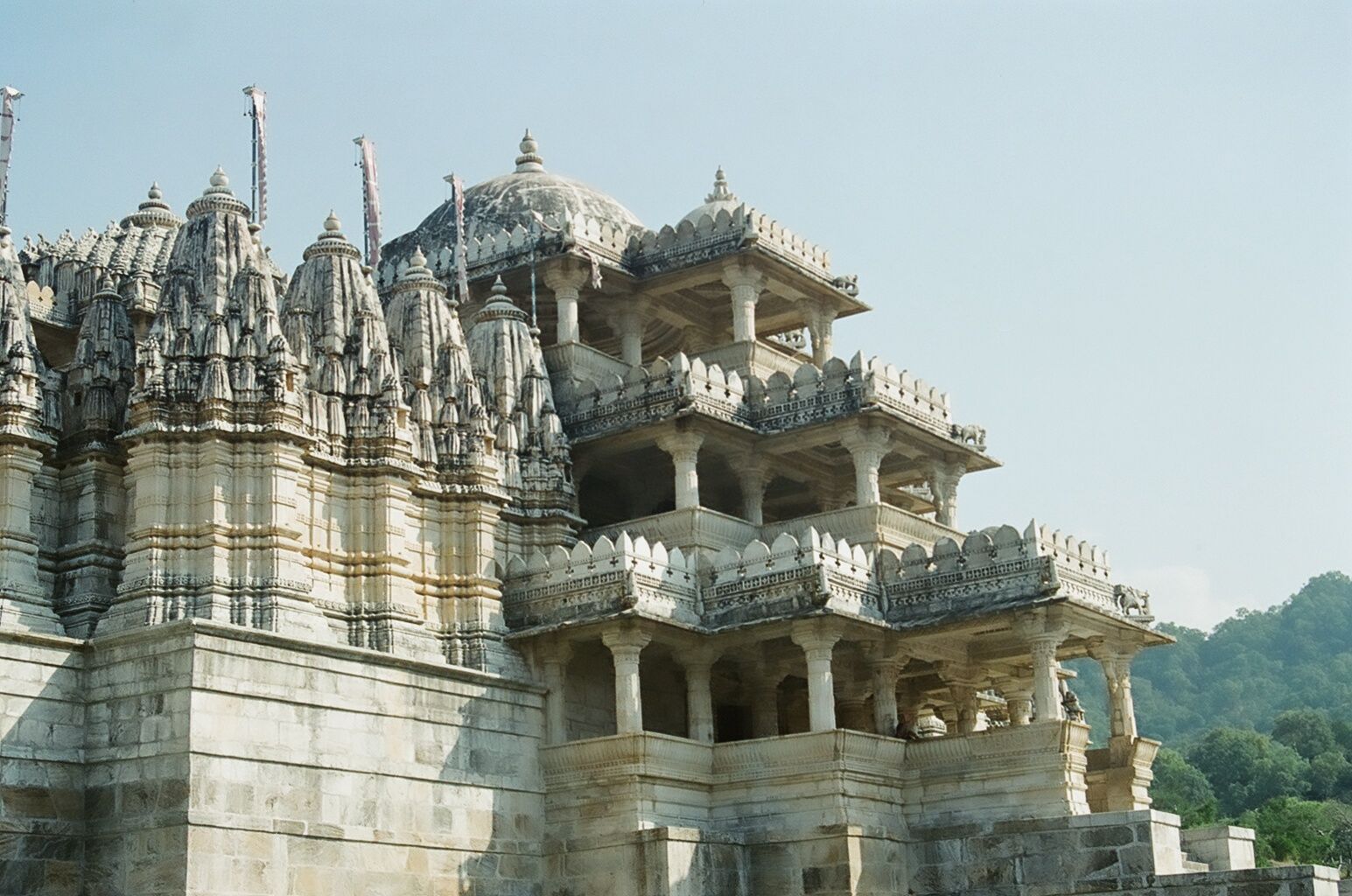
History
The construction is well documented in a 1437 CE copper-plate record, inscriptions in the temple and a Sanskrit text Soma-Saubhagya Kavya. Inspired by a dream of a celestial vehicle, Dharna Shah, a Porwal from Ghanerao, commenced its construction, under the patronage of Rana Kumbha, then ruler of Mewar. The architect who oversaw the project was named Deepaka. There is an inscription on a pillar near the main shrine stating that in 1439 Deepaka, an architect, constructed the temple at the direction of Dharanka, a devoted Jain. When the ground floor was completed, Acharya Soma Sundar Suri of Tapa Gachha supervised the ceremonies, which are described in Soma-Saubhagya Kavya. The construction continued until 1458 CE. However, according to the audio guide provided to visitors to the site, construction lasted fifty years (and involved 2,500 workers). Another source reports that construction continued until 1496, fifty years from 1446.
The temple underwent periodic renovations. Several families supported the construction of devakulikas and mandaps. The descendants of Dharna Shah now mainly live in Ghanerao. The temple has been managed by the Anandji Kalyanji Pedhi trust for the past century.
歷史
該建築在1437年銅板記錄,寺廟銘文和梵文文本Soma-Saubhagya Kavya中有詳細記載。受到天體車輛夢想的啟發,來自Ghanerao的Porwal的Dharna Shah在受到Mewar統治者Rana Kumbha的讚助下開始建造。負責該項目的建築師被命名為Deepaka。在主殿附近的一個柱子上有一個銘文,上面寫著1439年,一位建築師Deepaka在Dharanka方向建造了一座寺廟,這是一個忠誠的耆那教徒。底層建成後,Tapa Gachha的Acharya Soma Sundar Suri監督了Soma-Saubhagya Kavya所描述的儀式。施工持續到公元1458年。然而,根據提供給該網站訪問者的音頻指南,建設持續了五十年(涉及2500名工人)。另有消息來源報導,建築工程一直持續到1496年,距離1446年還有50年。
寺廟經過定期翻修。有幾個家庭支持建造devakulikas和mandaps。 Dharna Shah的後代現在主要住在Ghanerao。在過去的一個世紀裡,這座寺廟由Anandji Kalyanji Pedhi信託管理。

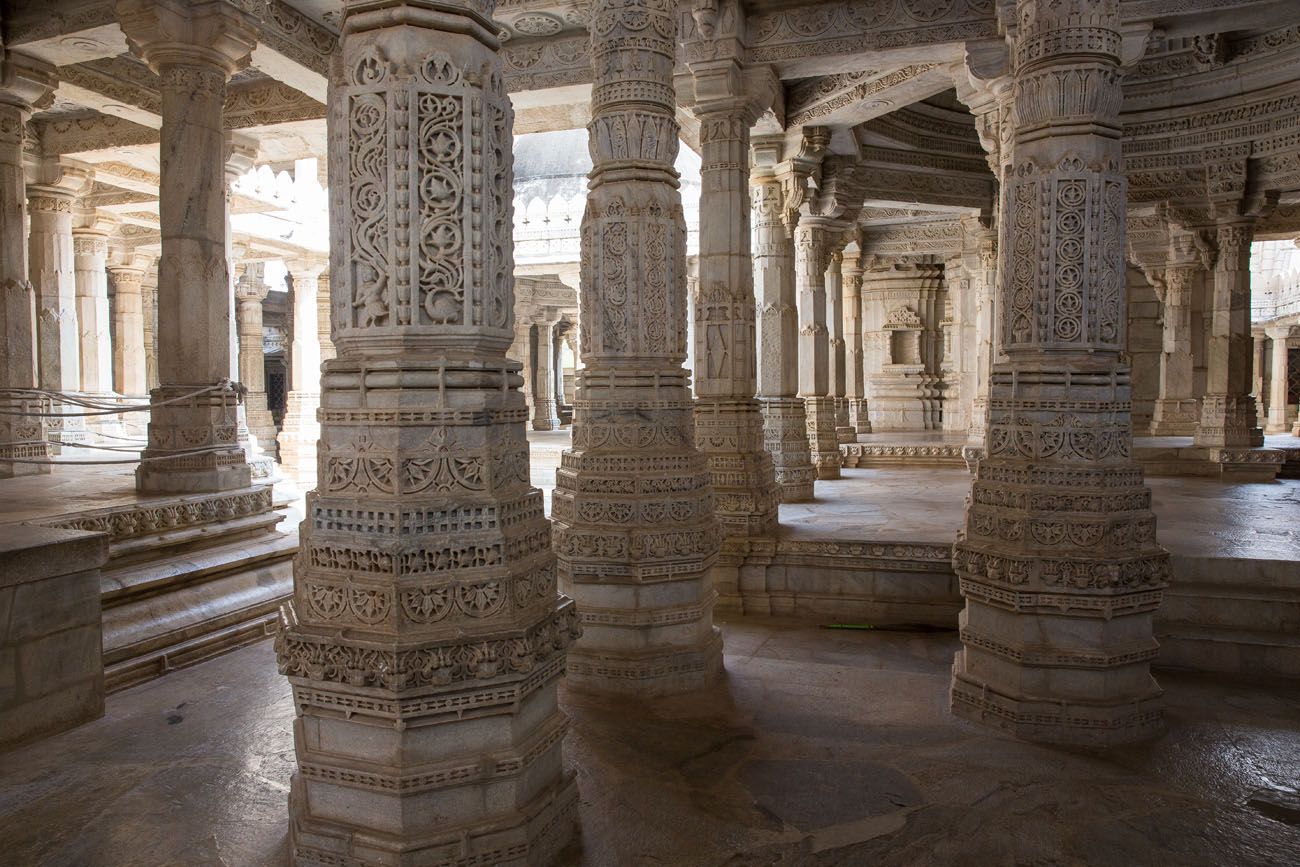
FROM:https://en.wikipedia.org/wiki/Ranakpur_Jain_temple
FROM:Kumbhalgarh Fort and Ranakpur Jain Temple, Rajasthan, India in 4K Ultra HD
Don’t you think it’s addictive?
Want to know more about the beauty of architecture?
Come and join our members to explore the beauty of architectural design.
覺得看得不過癮嗎?
想要知道更多建築之美嗎?
快來加入我們的會員,一同探索建築設計之美。
The above article is purely for appreciation and sharing purposes, as well as the construction of new technology and the public can be in-depth understanding of the information at the same time there are sources, will be able to query, no use of the document as a commercial transaction, if illegal, please inform the We will immediately remove the site, thank you for cooperation.
以上文章純粹作為欣賞及分享用途,以及將建築新型技術傳遞給與大眾能夠深入了解,同時資料還有來源,將可查詢,絕無使用該文件資料作為商業交易行為,如有違法請務必告知該網站我們將立即處理撤除,謝謝合作。

